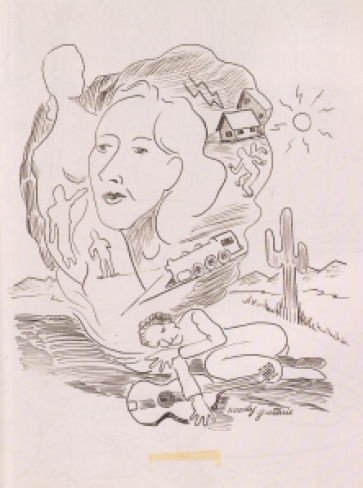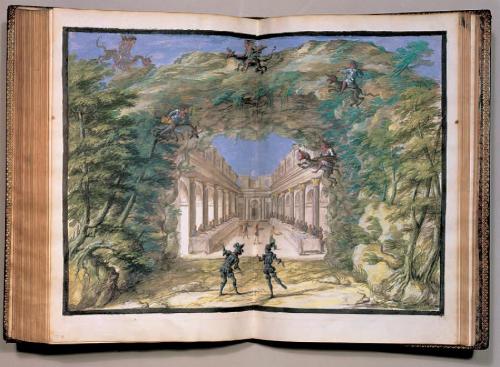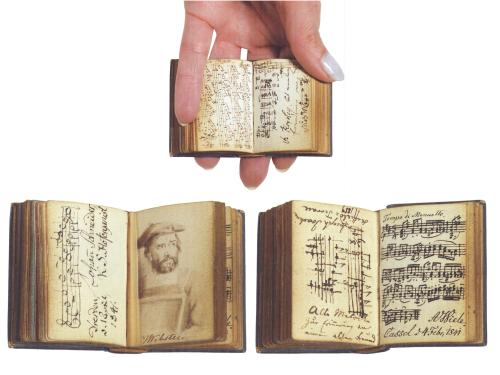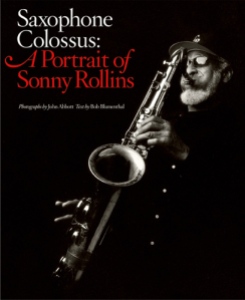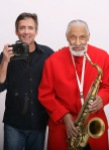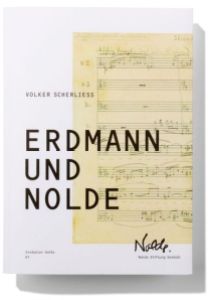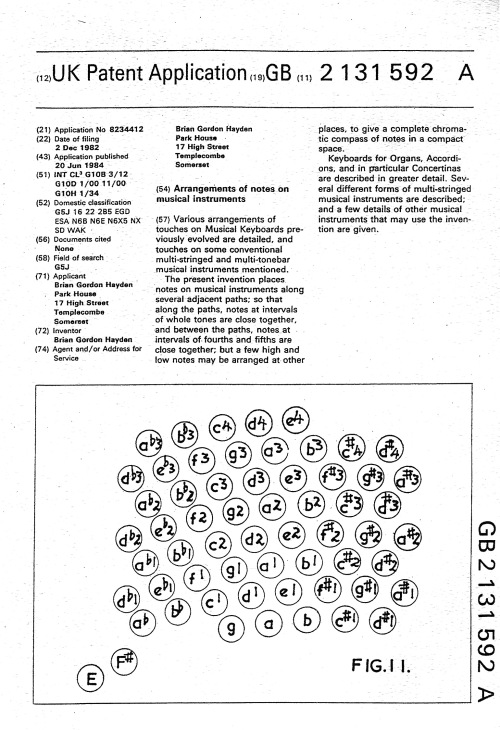Unbeknownst to most of his admirers, Woodrow Wilson “Woody” Guthrie (1912–67)—who is widely known as the author of some of the best-loved songs of the twentieth century (including This land is your land) and as the inspiration for singer-songwriters including Bob Dylan and Bruce Springsteen—was also an indefatigable visual artist.
No documentation exists of Guthrie ever having formally studied art, but he produced thousands of visual art works: line drawings, paintings, illustrations, cartoons, portraits, sculptures, commercial art, and designs. He was keenly interested in the impressionists and the modernists, and worked with abstract as well as figurative themes.
Guthrie filled countless notebooks and journals with drawings and writings, often mixing the two, and at various times in his life he traded his sign-painting skills for food and traded sketches of bar patrons for drinks. He often used art as a political vehicle, particularly by drawing political cartoons. Like his music, his visual art was inspired by the everyday experiences of everyday people.
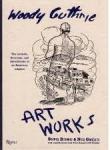 Guthrie’s visual art is documented with over 300 plates, almost all in full color—even for many of the line drawings, thereby capturing the ambience of blue-lined notebooks, yellowing journals, and decaying construction paper—in Woody Guthrie: Art works (New York: Rizzoli, 2005). Above, Dream (click to enlarge).
Guthrie’s visual art is documented with over 300 plates, almost all in full color—even for many of the line drawings, thereby capturing the ambience of blue-lined notebooks, yellowing journals, and decaying construction paper—in Woody Guthrie: Art works (New York: Rizzoli, 2005). Above, Dream (click to enlarge).
Related articles:

